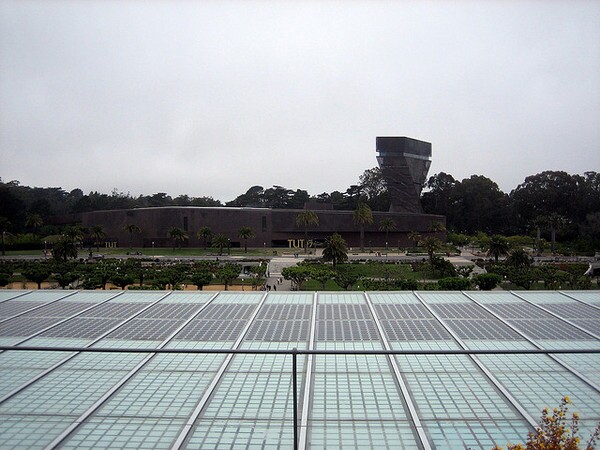California Hits Solar Record

Eric Wesoff at GreenTechMedia notes that California reached a renewable energy milestone last week: At one point on June 8, according to the California Independent System Operator (CaISO), a record 849 megawatts of solar-generated electricity was feeding into the state's power grid.
According to CaISO's own figures -- which you can track daily here -- the solar contribution has dropped slightly in the last few days, likely a result of slightly lower statewide temperatures reducing peak demand.
A bit of perspective is important here. Even as it was breaking that record on June 8, the state's solar generating capacity wasn't the largest contributor of renewable energy to the grid, according to CaISO. Geothermal plants put a bit over 900 megawatts into the grid, and geothermal and solar combined were far outstripped by the state's wind turbines, which generated something in the neighborhood of three gigawatts of power during the course of the day.
And as Wesoff points out, California's solar capacity is a pale shadow of Germany's: in May, that country generated a staggering 22 gigawatts of solar power. That's 26 times as much solar power as California's record, despite Germany's having only 85% of the land area and approximately the same amount of sunshine as Seattle.
According to an April 2012 report by the National Renewable Energy Laboratory (PDF), utility-scale solar power plants in California total 499 megawatts of generating capacity, which means at least 350 megawatts of the solar power hitting the grid on June 8 came from smaller, decentralized solar installations like those increasingly found on rooftops.
About those numbers: The amount of power generated by solar -- or indeed from any source -- will always be less than total installed capacity. While California has more than 1 gigawatt of rooftop solar not all of that will always be generating at peak capacity. Some units may be offline for maintenance or temporarily shaded, for instance.Complicating things further, CaISO only counts the power that enters the grid, so rooftop solar power consumed onsite won't add to the grid total.


